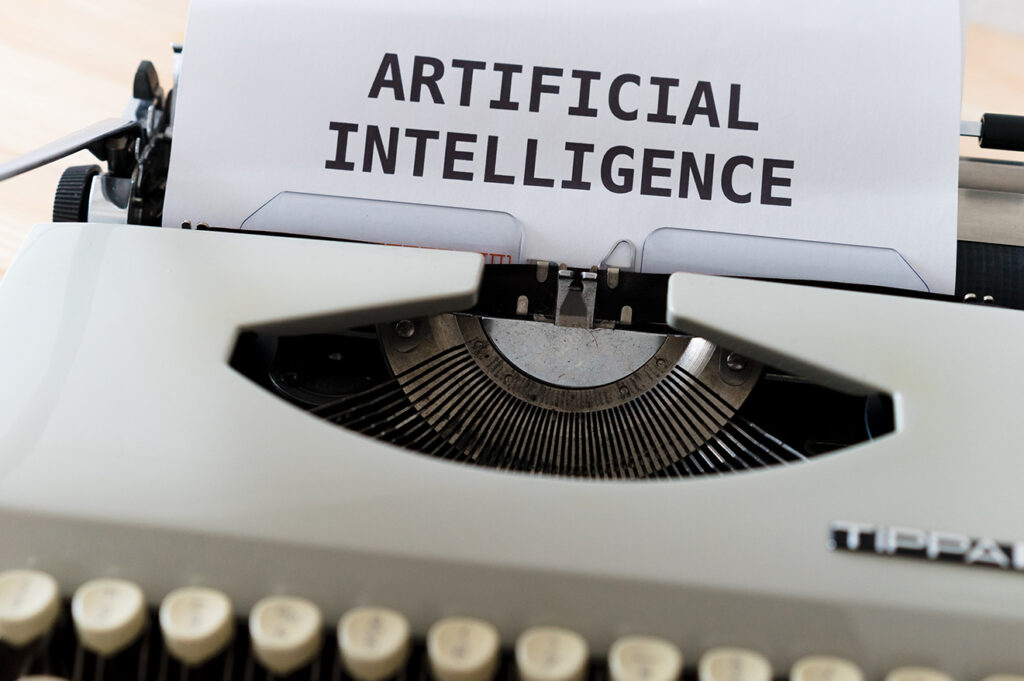By Aditi Dehal, a IInd year B.A. LLB (Hons.) student at Himachal Pradesh National Law University, Shimla

INTRODUCTION
By its preliminary understanding, the Indian Constitution aims at delivering certain commitments of social welfare, democratic and administrative federalism, distributive justice, and secularism. Diverse announcements and interpretations in announced judgements, commentary, and scholarly literature cast doubt on the Indian Constitutionalism concept. Since the British Raj inherited the majority of the administrative components of the Indian polity, we have a common law system, and our bureaucratic government places an emphasis on vertical hierarchies. Considering this, the packages of judicial activism and socialism determine the anatomy of interpretations of the laws passed here. The majority of our ideas come from European Union and Organization for Economic Cooperation and Development legislation and paperwork, and distributive justice concepts are spatially balanced with freshly conceived and better conceptions of national security and sovereign interests. Thus, the foreign policy viewpoint is explicable in terms of India’s constitutional character, if we are to comprehend how India’s constitutionalism addresses the artistic qualities of technology.
ARTIFICIAL INTELLIGENCE AND CONSTITUTIONALISM: ANALYSING JUSTICE BOBDE’s OPINION
Indian law is not immune to the incorporation of jurisprudential concepts developed, claimed, and practised in other parts of the world. Our courts, legislative bodies, and executive departments are capable of endorsing divergent concepts while maintaining certain principles in order to achieve interpretive coherence and reasonability. The critical issues that emerge from all of this are those around the philosophising of rule of law and constitutional morality in order to preserve not only public interests but also the state’s sovereignty and security. To grasp the significance of Artificial Intelligence (AI) in Indian Constitutionalism, let us first examine the law, as legal recognition of AI will be critical to computational politics and diplomacy, determining how politically and legally balanced India’s constitutional principles and foreign policy will be in the future.
During a virtual event, Chief Justice Sharad Arvind Bobde emphasised that the employment of artificial intelligence in the Indian court must be in accordance with the country’s constitution. According to him, Indians’ legal and constitutional rights should not be overridden by artificial intelligence. Even when using technology to enhance the legal process, Justice SA Bobde noted that it must be subjected to the final consideration of an individual person Ethics, law, and the Constitution must guide the use of artificial intelligence. To help guide India’s legal system in its use of AI, the Supreme Court’s AI committee has been tasked with formulating ethical guidelines.
RESPONSIBLE AI DRAFT PAPER, 2021
Our Constitutional values towards technology may also be translated from India’s recent candidature statement pertaining to India’s recent non-permanent membership application to the United Nations Security Council, which is an important brochure. Nonetheless, even in the Responsible AI Draft Paper published on July 21, 2020 by the members of NITI Aayog, an open-ended approach to Artificial Intelligence was fundamental to the localization of technology and its resources in order to bolster the national market, with more economical approaches to the rule of law — in order to empower India to go global in the face of the COVID-19 pandemic.
- In 2021, NITI Aayog produced an approach document based on the Ethics for Responsible Artificial Intelligence in accordance with the recommendations of the National Strategy for Artificial Intelligence (NSAI). An in-depth examination of the moral considerations of artificial intelligence (AI) advancement and use on two levels:
- the effect on multiple stakeholders (e.g., consumers, individuals/organizations influenced by AI’s decision-making, auditors, etc.) of a specific AI system; and
- the wider influence on people overall (e.g., losses as a result of automation, as well as societal unrest as a result of malevolent usage).
- The paper also explores technological and legal approaches to responsible AI and proposes seven principles for fostering coherence among various stakeholders in India’s AI ecosystem.
- The Supreme Court of India has compared current morality in India to the notion of constitutional morality on many occasions. The Principles for Responsible AI in India are therefore derived from the Indian Constitution and all legislations made thereunder, and are also consistent with international entities such as the Global Partnership on Artificial Intelligence.
Principles for Responsible AI:
- AI should be reliably implemented as planned, with adequate protections for stakeholders’ safety.
- Individuals in the same situation must be treated equally by AI systems.
- A qualified individual should not be denied opportunities due to his/her identification. Concerning education, work, public space access, etc., it should not exacerbate negative historic and social divides. It should also prevent discriminatory exclusion of services or benefits.
- AI should protect the privacy and security of data used to train the system. Only authorised users should have access with adequate protections.
- To ensure the deployment is fair, honest, and unbiased, the AI system’s design and operation should be documented and made accessible for external examination and audit.
- All stakeholders in AI system design, development, and deployment must be accountable for their activities.
- AI should support good human values and not disrupt community ties.
IMPORTANCE OF AI FOR INDIA
The NSAI promotes responsible AI usage, and the methodology paper on Principles for Responsible AI defines a core set of principles to govern the ecosystem’s diverse players.
Numerous studies have examined the economic impact of artificial intelligence on the Indian economy. Additionally, the NSAI helps identify possible social benefits, notably in areas like healthcare, education, and agriculture, such as elevated access to high-quality health care, integrated financial growth for previously excluded segments of the population, real-time and customised consultation to farmers, and the development of good and efficient cities and infrastructural facilities.The Indian Supreme court has also recommended AI in a number of instances to safeguard persons’ fundamental rights and promote efficiency. The Supreme Court of India and different High Courts have encouraged the use of artificial intelligence as a tool for achieving the goals of various laws and increasing efficiency. Firstly, in Sri C. Shiva S/O Chikka Chowdappa vs. State of Karnataka (2006), the Karnataka High Court debated the use of artificial intelligence-based face recognition technologies to assist the Bangalore City Police in identifying and locating missing individuals. Then again in Re Prajwala (2018), Certain social media corporations argued before the Supreme Court that they may use AI to identify material that contains Child Sexual Imagery in advance. Lastly, in Tata Sky Limited vs. National Internet Exchange of India (2019), the Delhi High Court advised that artificial intelligence be used to prohibit the registration of identical or deceptively similar domain names. In April 2021, the Supreme Court introduced SUPACE (Supreme Court Portal for Assistance in Courts Efficiency), an artificial intelligence (AI) platform that would use machine learning (ML) to assist in case inspection and alleviate ongoing hurdles.
CONCLUSION
Given their crucial roles in the broader ecosystem, it is vital to instil responsible AI attitudes among business sector players and academics. By suggesting required adherence to the principles for high-risk AI and AI acquired by the government, this study aims to reduce the margin for error or malice in AI used to perform sensitive tasks while still encouraging innovation and functionality. Likewise, encouraging for the inclusion of impact assessment approaches in publicly sponsored research, this study commits to enhance the welfare-capacity of AI solutions.

